When planning an event, the right lighting plays a crucial role in setting the ambiance and enhancing the experience. Imagine stepping into an event space where the lighting is just perfect, highlighting every detail and creating unforgettable memories. Whether it’s a wedding, corporate event, or a simple gathering, mastering event lighting can transform your space.
Explore the importance of lighting in event design, learn about different types of lighting, and discover creative techniques that will make your event truly stand out. From choosing the right lighting for your event to avoiding common pitfalls, these insights will brighten up every occasion.
The Importance of Lighting in Event Design
Lighting is a fundamental element in event design that can dramatically alter the ambiance and overall experience. Proper lighting not only enhances the beauty of the decor but also influences how guests feel and interact with the space.
Consider the emotional and psychological impact light has on an event. It can set the mood and create excitement or calmness depending on the event’s theme. For instance, bright and colorful lights may be perfect for a festive party, whereas dim, warm lighting might be better suited for an intimate gathering.
Using a variety of lighting techniques, such as uplighting, pin spotting, and gobo projection, designers can focus on key areas, highlight specific details, and add a layer of sophistication to the surroundings. Uplighting can cast beautiful shadows against walls or architecture, creating depth and texture, while pin spotting ensures that centerpieces or floral arrangements grab your guests’ attention.
Moreover, dynamic lighting, like LED and intelligent lights, allows for customizable settings to match the changing pace or themes throughout the event. These lighting tools offer flexibility and creativity, giving designers the power to make real-time adjustments, transforming the event space to suit different moments of the occasion seamlessly.
Understanding Different Types of Lighting
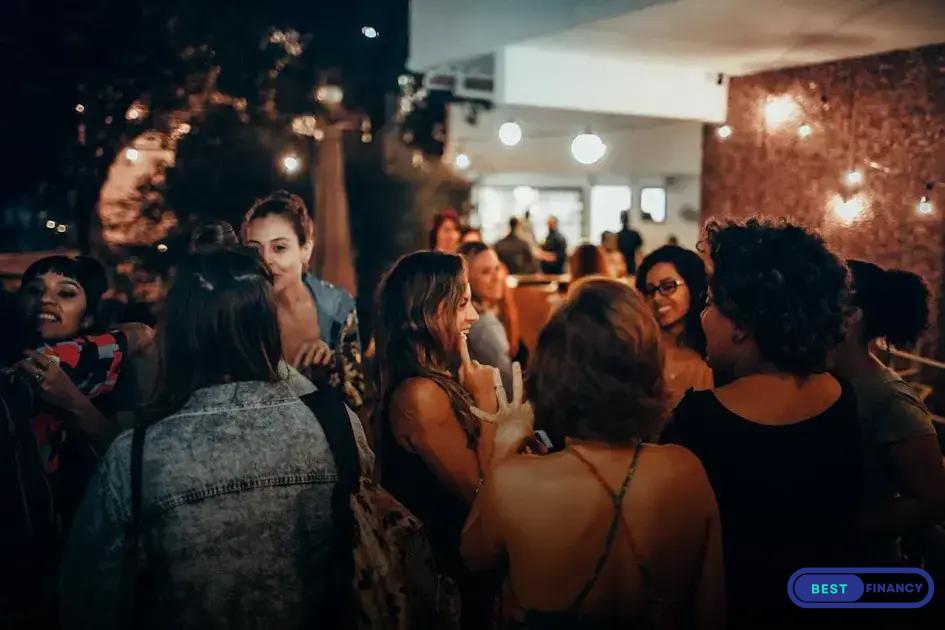
Understanding Different Types of Lighting
Lighting plays a crucial role in setting the mood and atmosphere of any event space. Different types of lighting can bring about various effects, and understanding these can help you transform your venue effectively.
Ambient Lighting: This is the general lighting of the room, providing overall illumination. It’s essential for making your guests feel comfortable. Think of chandeliers, wall sconces, and ceiling fixtures.
Task Lighting: Used for specific functional tasks, like reading or writing, task lighting can be integrated into an event space through desk lamps, under-cabinet lights, or pendant lights over tables.
Accent Lighting: This type of lighting is used to highlight something specific, like artwork or architectural details. Spotlighting and track lighting are typical examples. They create focal points and add depth to your event space.
Decorative Lighting: As the name suggests, decorative lighting serves a dual purpose: providing light and acting as a design element. Think about fairy lights, beautifully designed fixtures, or light sculptures.
Natural Lighting: Utilized during daytime events, natural lighting comes from windows or skylights. It offers a fresh and inviting feel, but controlling it with curtains or shades might be necessary depending on the time of day and weather.
Each type of lighting has its unique properties and uses, making it important to choose combinations that complement your event’s theme and function seamlessly.
Choosing the Right Lighting for Your Event
Choosing the appropriate lighting for your event can significantly enhance the atmosphere and influence the mood of your guests. The right lighting sets the tone and creates an environment that aligns with your event’s objectives. When selecting lighting, consider the function and feel of each space within your venue.
Aligning Lighting with Event Type
Consider the type of event you’re hosting. A corporate seminar will require a different lighting setup compared to a wedding or a dance party. For a formal event, opt for soft, understated lighting that complements the decor without overwhelming it. Meanwhile, a dynamic event like a concert may demand more vivid and colorful lights.
Types of Lighting and Their Roles
Understand the different types of lighting available such as ambient, accent, and task lighting. Ambient lighting provides overall illumination, accent lighting highlights specific areas or features, and task lighting is used for focused activities. Combining these can create a layered and versatile lighting scheme.
Key Factors to Consider
- Venue Size and Layout: Assess the venue’s dimensions and layout to ensure the lighting properly covers the space.
- Color and Intensity: Use colors and intensities that match the theme and mood you want to establish.
- Flexibility: Choose lighting that can be easily adjusted throughout the event for different parts of your program.
Taking these elements into account will guide you to a more tailored lighting choice, enriching the overall experience for your guests.
Creative Lighting Techniques to Wow Your Guests
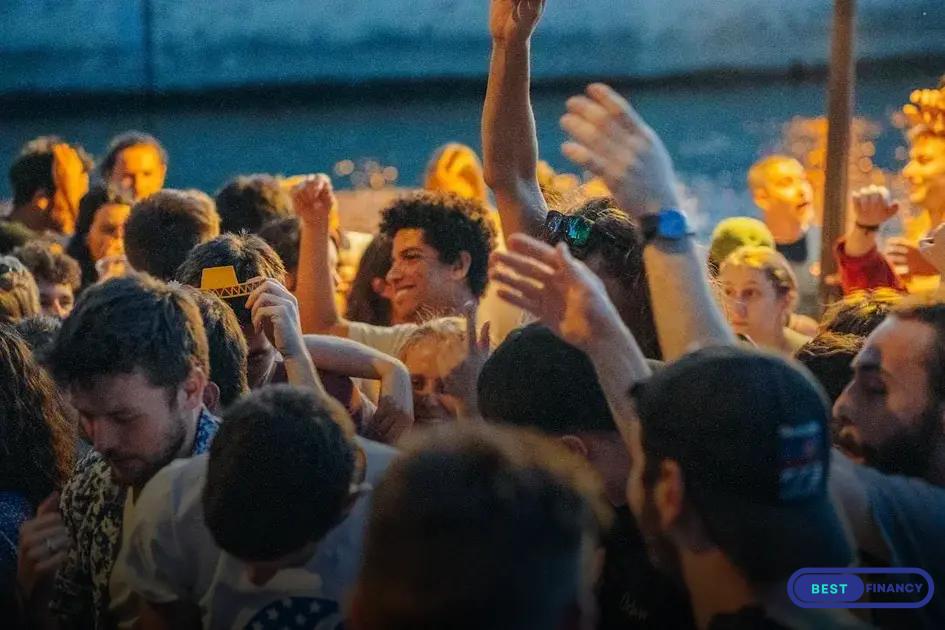
Whether it’s a wedding, corporate gathering, or an intimate party, lighting can dramatically change the ambiance of your event space. Creative lighting techniques can leave a lasting impression on your guests, adding a layer of sophistication and excitement that is not easily forgotten.
Color Washes and Uplighting
Use uplighting to add depth and dimension to your room. Place lights along the walls to create vertical beams, enhancing architectural features. Experiment with color washes to match the theme of your event. For instance, a serene blue can evoke tranquility, while a vibrant red can create energy.
Spotlighting and Pinspotting
Spotlighting can be perfect for highlighting specific elements such as centerpieces, statues, or guest speakers. Pinspotting adds a touch of elegance by focusing a narrow beam of light on items like florals or table settings, drawing attention without overwhelming the senses.
Gobo Lighting for Customization
Use gobo lighting to project custom logos, monograms, or patterns onto walls, floors, or ceilings. This customization can reinforce your brand or personal style, providing a unique experience for your guests.
Candlelight and LED Alternatives
For a classic touch, candlelight can create a warm and inviting atmosphere. However, for practicality and safety, consider LED alternatives that mimic the flicker of real candles, offering the same charm without the risk.
Interactive and Dynamic Lighting
Engage your guests with interactive lighting systems that change color or intensity based on music or movements. This dynamic approach can transform your event space into an immersive environment, encouraging participation and movement.
By integrating these techniques, you can create a visually stunning environment that captivates and delights your guests throughout the event.
Common Lighting Mistakes to Avoid
One common mistake in event lighting is using lights that are too dim or too bright. It can create discomfort for guests or fail to highlight key elements. Ensure lights are adjustable and tailor them to the specific mood and purpose of your event.
Another frequent error is not considering the color temperature of the lights. Cool white lights can give an uninviting atmosphere, while warm tones are often more welcoming. Match the light color with your event’s theme to create harmony.
Many overlook the importance of layering lighting. Relying solely on overhead lights can cast unflattering shadows. Utilize a mix of ambient, task, and accent lighting to add depth and interest to the space.
Neglecting the focal points in your design can also be a pitfall. Ensure that areas such as the stage, speaker podium, or centerpiece are well-lit to draw attention.
Lastly, testing the lighting in the event space before the event is crucial. Poor preparation can lead to unexpected problems with shadows and angles, so always conduct a thorough test run.

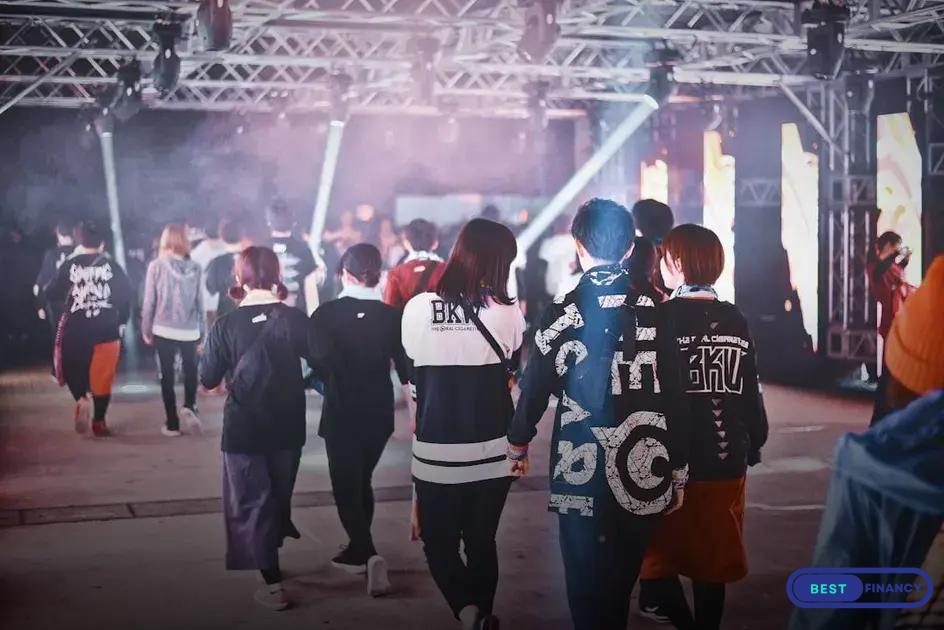
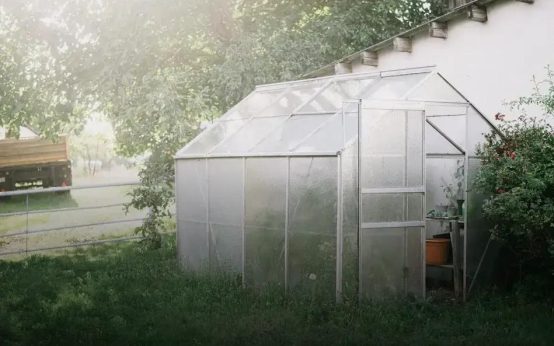 Harvesting Herbs: Secrets for Best Flavor Timing
Harvesting Herbs: Secrets for Best Flavor Timing 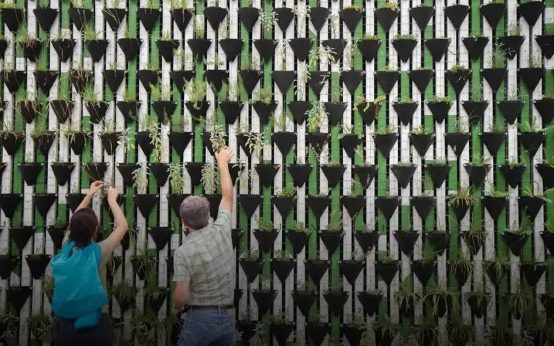 Tips for Growing Tomatoes That Produce Fruit Effectively
Tips for Growing Tomatoes That Produce Fruit Effectively  Companion Planting: Discover Plants That Thrive Together
Companion Planting: Discover Plants That Thrive Together